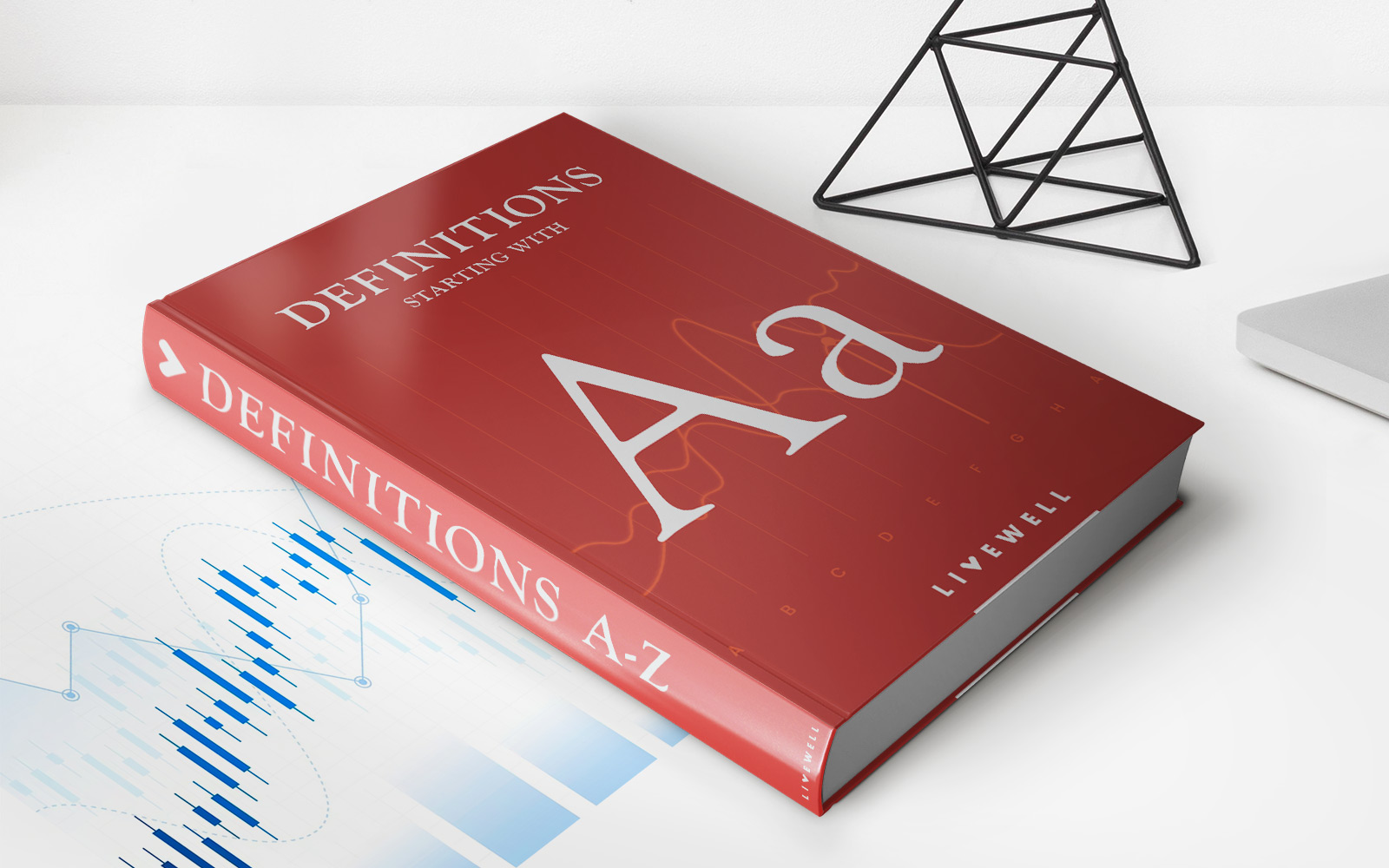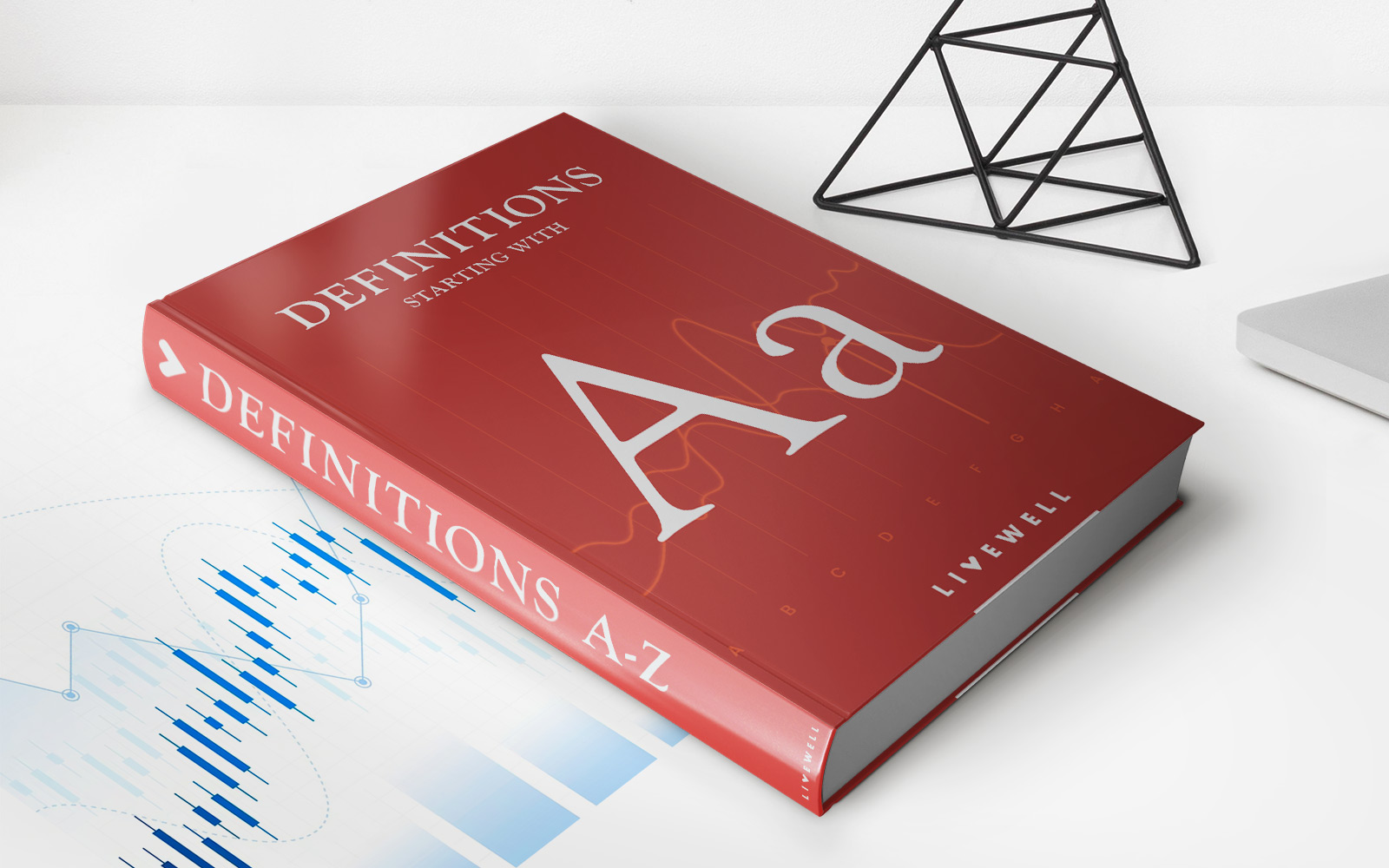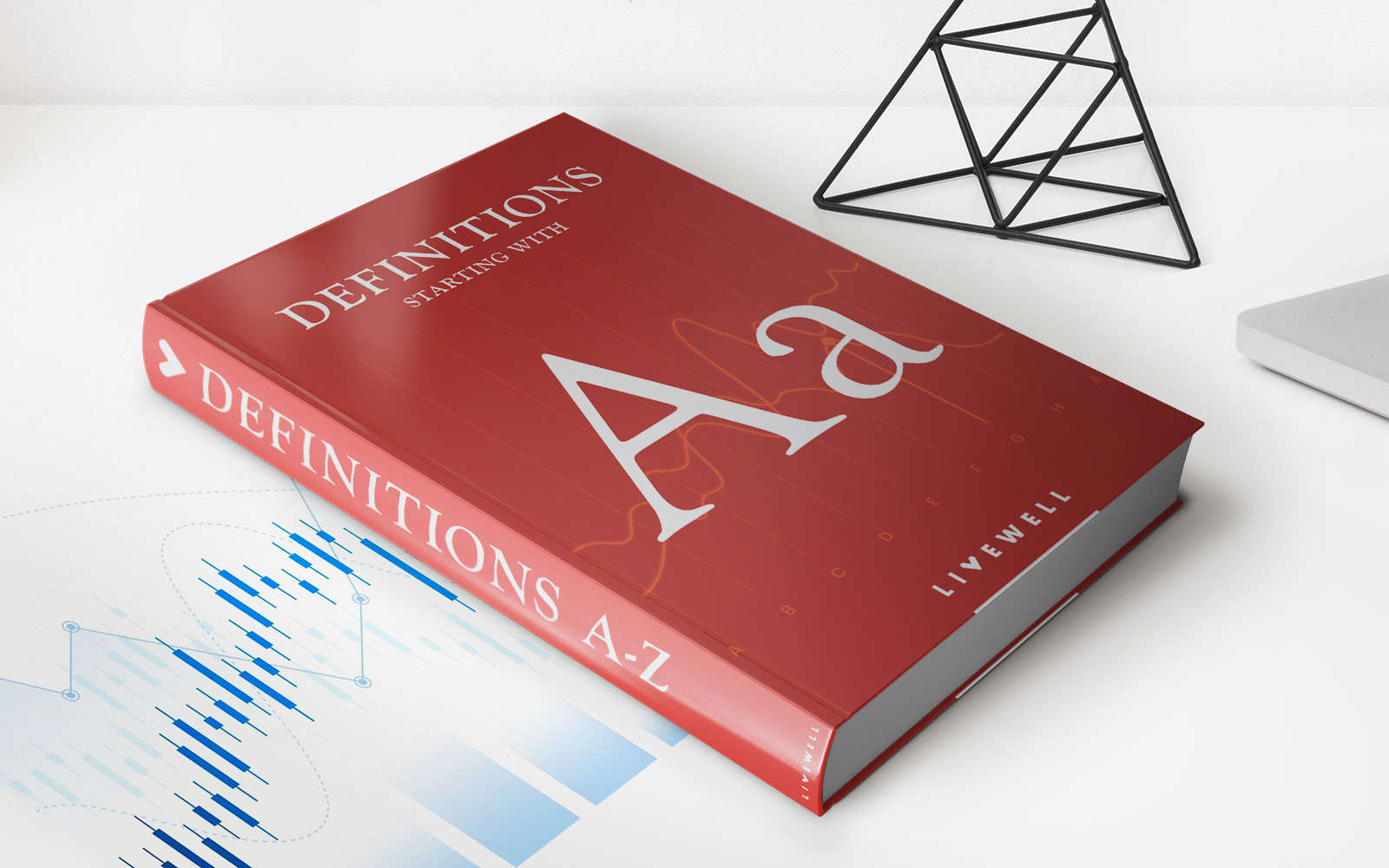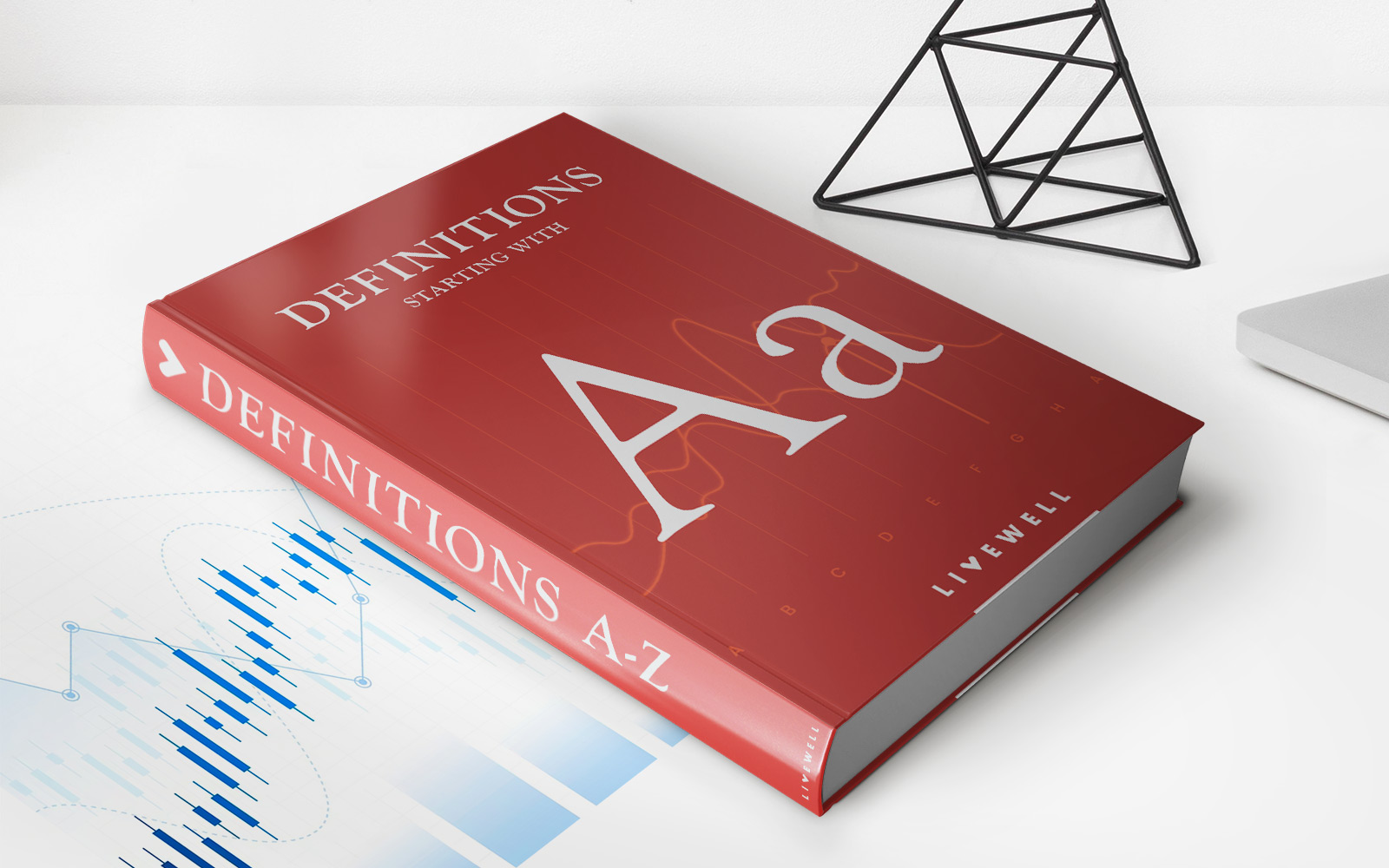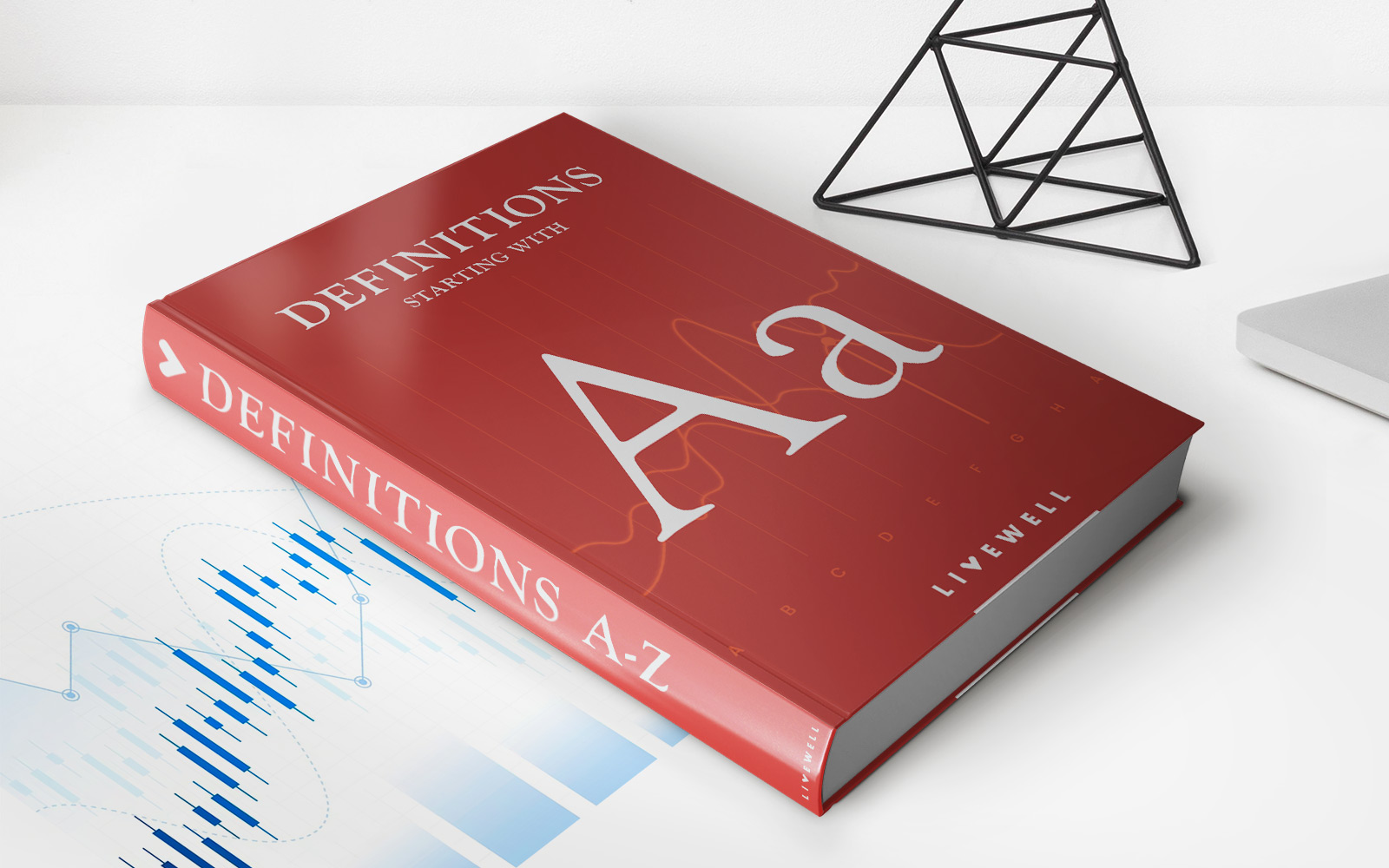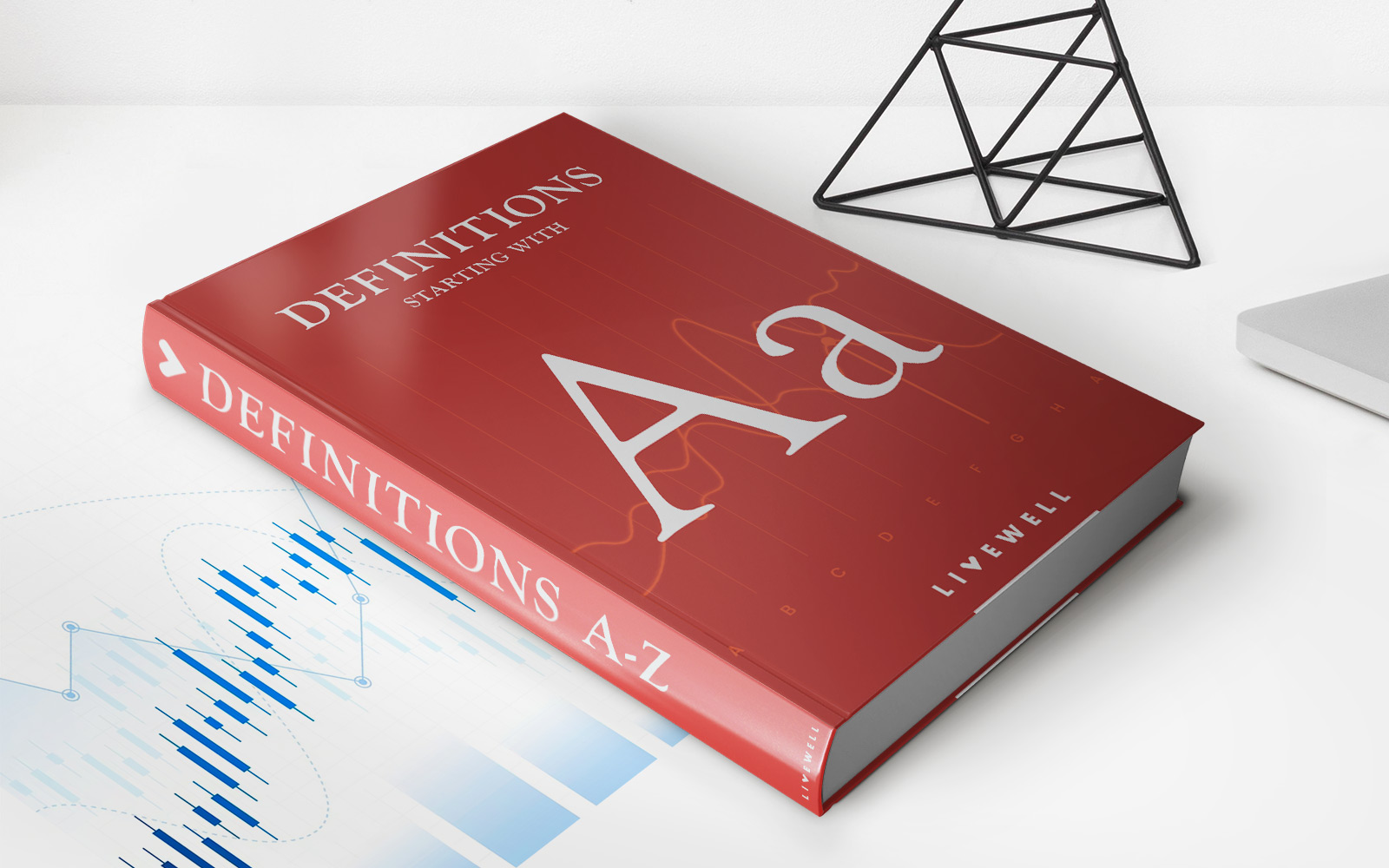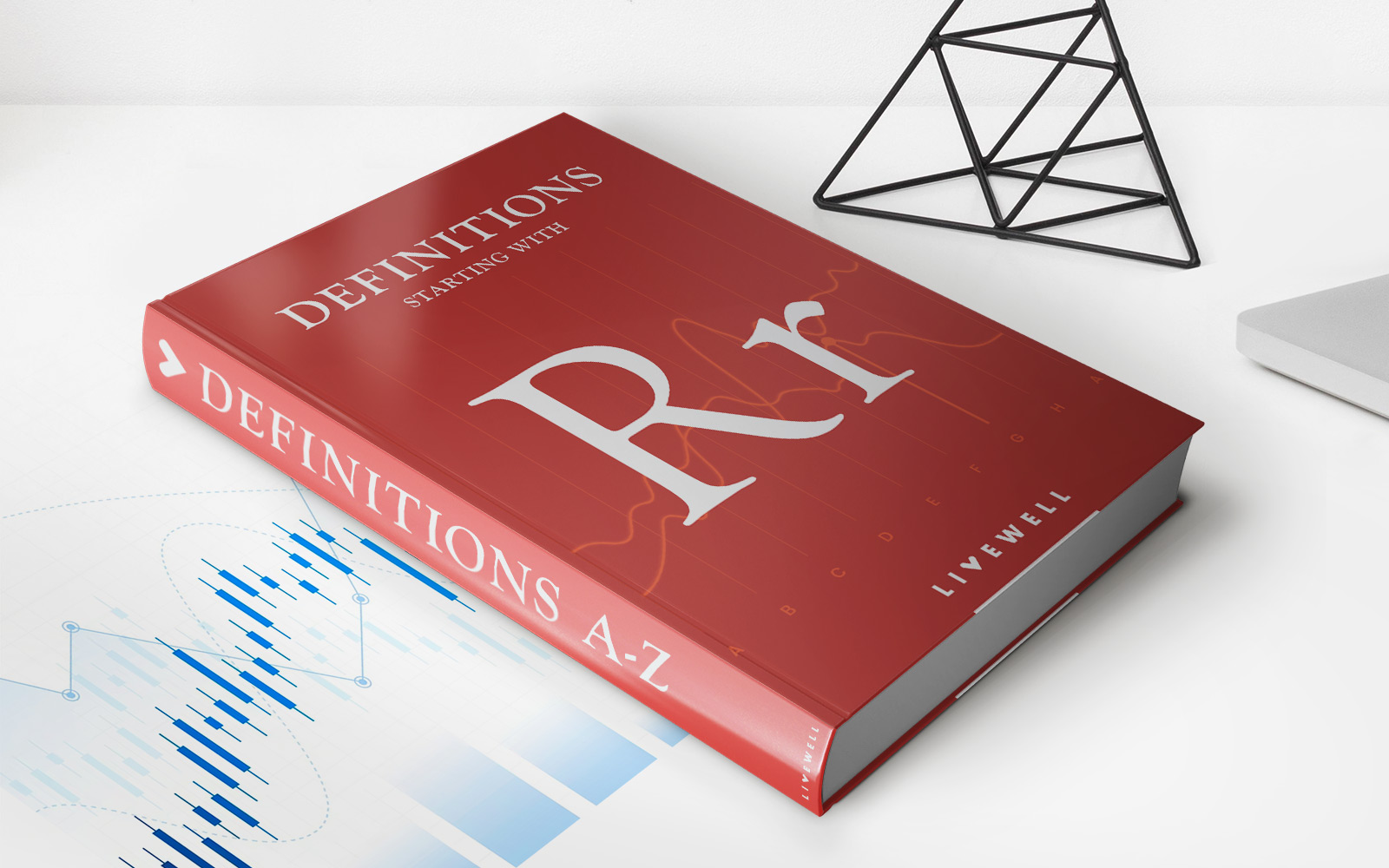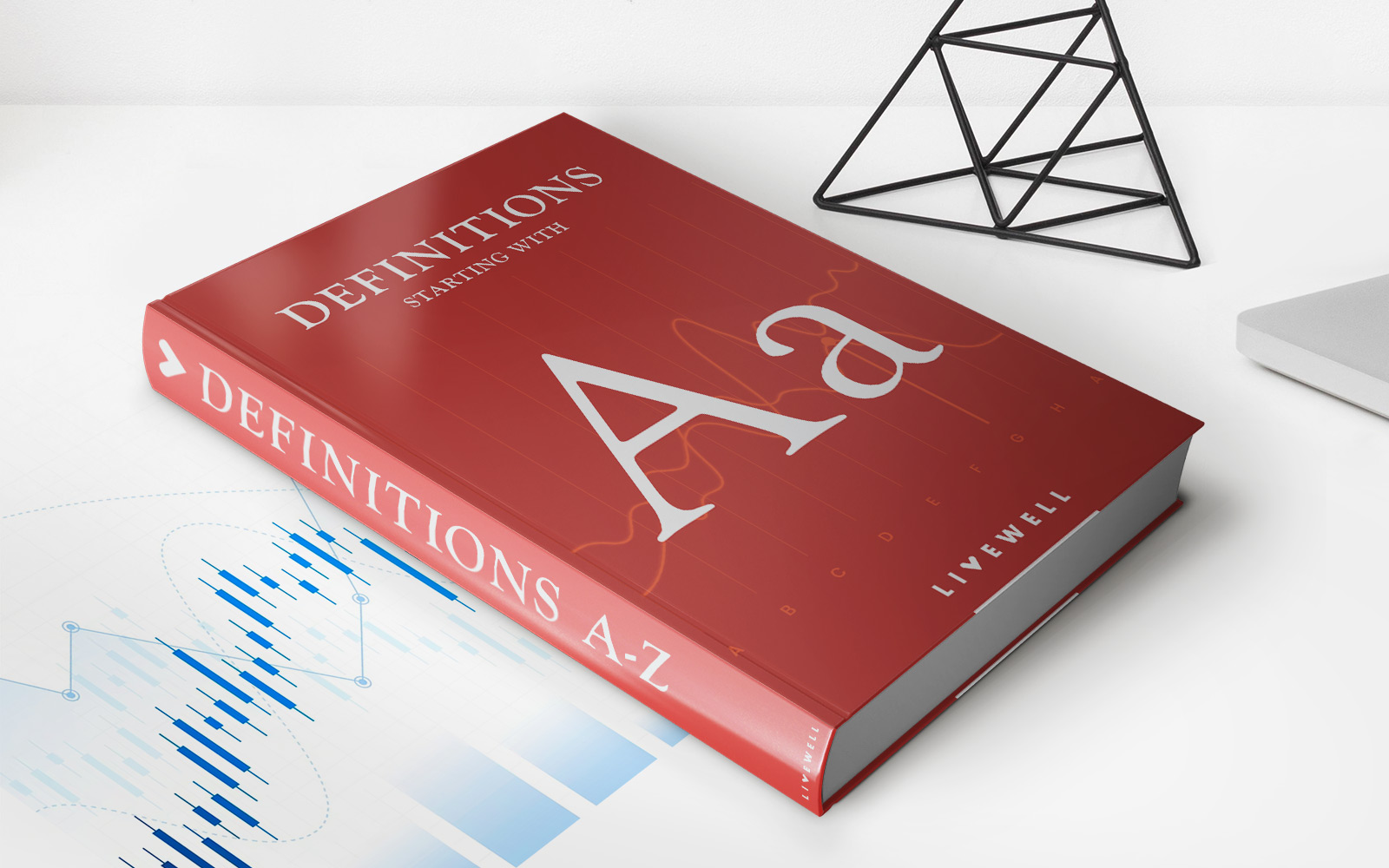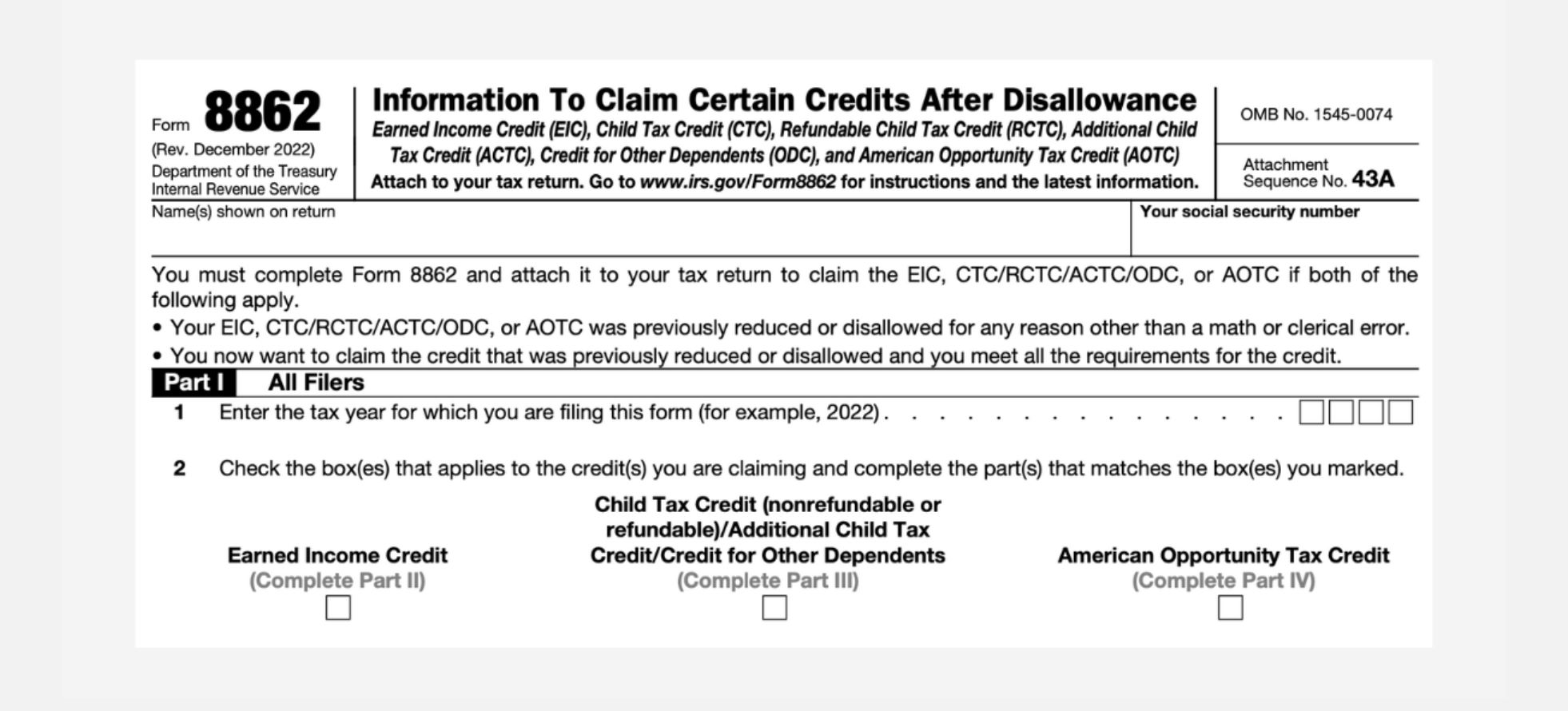

Finance
Hyperbolic Absolute Risk Aversion Definition
Published: December 6, 2023
Learn the meaning of hyperbolic absolute risk aversion in finance and how it impacts investment decision-making. Enhance your understanding of risk management strategies.
(Many of the links in this article redirect to a specific reviewed product. Your purchase of these products through affiliate links helps to generate commission for LiveWell, at no extra cost. Learn more)
Welcome to our Finance Blog Category: Understanding Hyperbolic Absolute Risk Aversion Definition
In the vast world of finance, there are many complex concepts and terms that can be quite daunting for the average person. One such concept is Hyperbolic Absolute Risk Aversion. In this blog post, we are going to break down this concept and provide you with a clear understanding of what it means and how it impacts the financial world. So, let’s dive in!
Key Takeaways:
- Hyperbolic Absolute Risk Aversion refers to the change in an individual’s willingness to take risks as their wealth increases or decreases.
- This concept is important in determining investors’ behavior, financial decisions, and portfolio management strategies.
But first, let’s answer the question: what exactly is Hyperbolic Absolute Risk Aversion?
Hyperbolic Absolute Risk Aversion is a concept in finance that measures an individual’s sensitivity to risk in relation to their wealth. It examines how people’s willingness to take risks changes as their financial situation evolves. This concept plays a crucial role in understanding and predicting investor behavior, as it provides insights into their decision-making processes.
Now that we understand what Hyperbolic Absolute Risk Aversion is, let’s take a closer look at why it matters in the financial world:
1. Understanding Investor Behavior:
Hyperbolic Absolute Risk Aversion allows researchers and financial professionals to gain insights into how investors perceive and respond to risk. By analyzing this concept, experts can develop models that predict how individuals will behave in certain situations. This information is invaluable for portfolio managers, financial advisors, and economists who need to understand and cater to the needs and preferences of investors.
2. Impact on Financial Decisions:
Hyperbolic Absolute Risk Aversion plays a significant role in shaping financial decisions. Investors with high risk-aversion may choose safer investment options, such as bonds or fixed-income securities, while those with lower risk-aversion may opt for higher-risk investments like stocks or real estate. Understanding this concept helps individuals make informed decisions about their portfolios, taking into account their own risk preferences.
In conclusion, Hyperbolic Absolute Risk Aversion is an important concept in finance that helps us understand investor behavior and make informed financial decisions. By taking into consideration an individual’s sensitivity to risk in relation to their wealth, we can better understand how people react to different investment options. So, the next time you’re making financial decisions or crafting an investment strategy, consider the concept of Hyperbolic Absolute Risk Aversion as a valuable tool in your toolkit.

